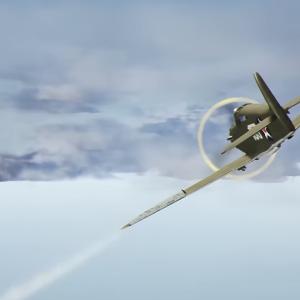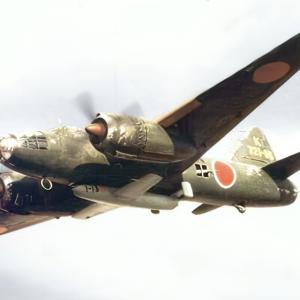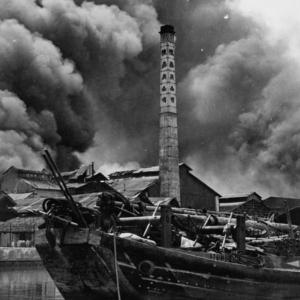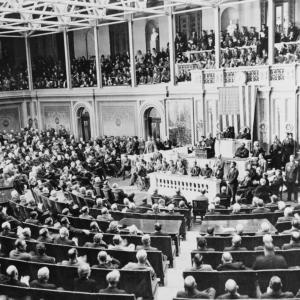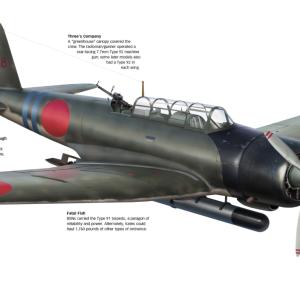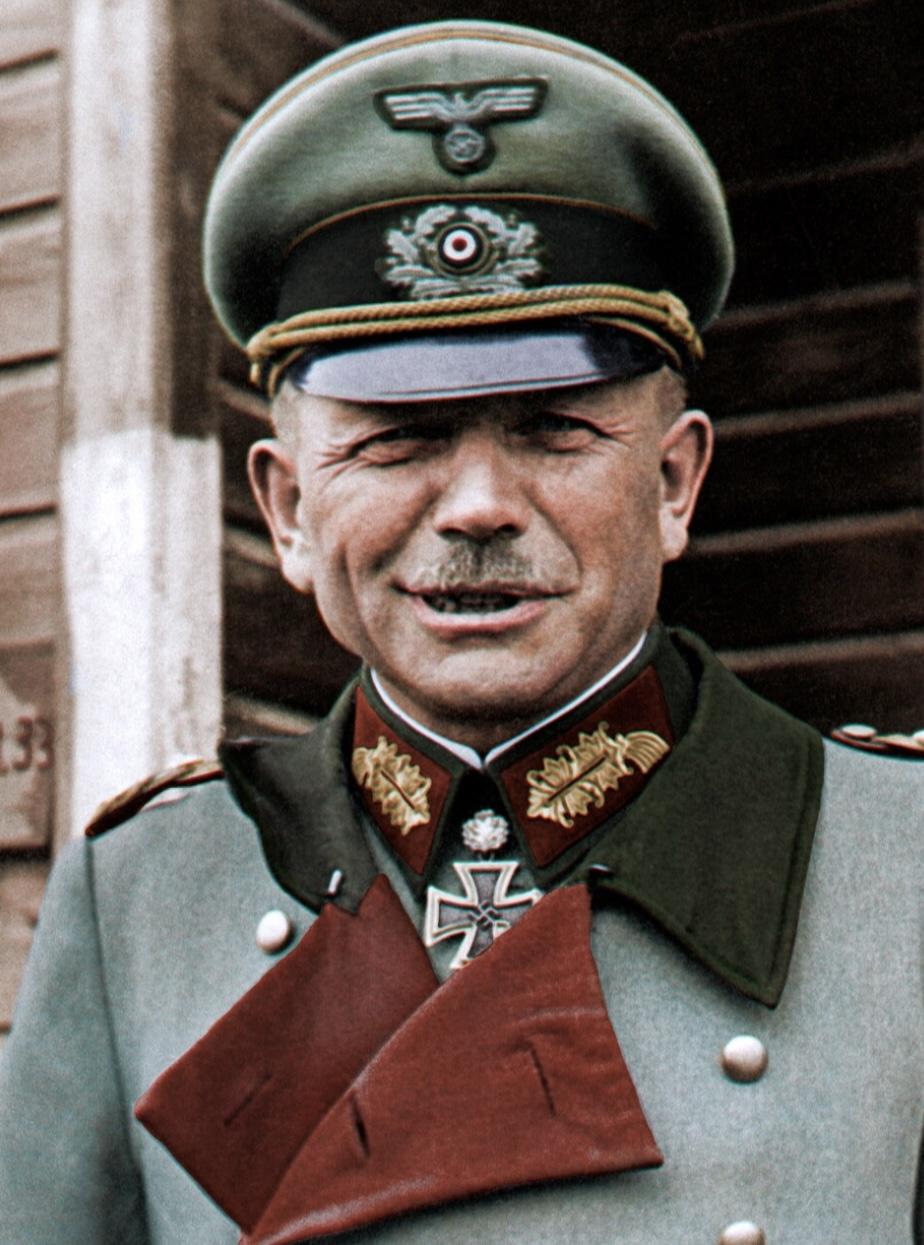
Heinz Guderian
Heinz Guderian, one of the most influential military leaders of the 20th century, played a pivotal role in shaping the German army’s use of mechanized warfare during World War II. Born on June 17, 1888, in Kulm (now Chełmno, Poland), he came from a Prussian military family, which greatly influenced his early life and career path. His father was an officer in the Prussian army, and the disciplined military environment in which he was raised made a deep impression on him. He was educated at various military schools and later graduated from the War Academy in Berlin, preparing him for a life of service in the German armed forces.
During World War I, he served mainly as a staff officer, gaining experience in military communications and tactics rather than front-line command. Though he did not rise to prominence during this time, the war gave him a strong foundation in logistics and the coordination of units—skills that would prove essential in his later career. After the war, as the Treaty of Versailles severely limited Germany’s military capabilities, he remained in the Reichswehr, the small army permitted to Germany, where he began developing his ideas about mobile warfare.
Throughout the 1920s and early 1930s, he became an advocate for armored warfare. He studied foreign developments in tank tactics, particularly the work of British theorists like J.F.C. Fuller and Basil Liddell Hart. Drawing from these ideas, he emphasized the importance of speed, surprise, and coordination between tanks, infantry, and air support. He envisioned a new kind of warfare that would later be known as Blitzkrieg, or “lightning war.”
His rise through the ranks accelerated with the rearmament of Germany under Adolf Hitler. In 1935, he was appointed to command the newly formed 2nd Panzer Division, and in 1938 he took command of the XVI Army Corps, a motorized corps. His early commands allowed him to put his theories into practice, and he proved to be both an innovative strategist and a demanding, energetic leader.
His military achievements became widely recognized during the invasion of Poland in 1939 and, more notably, during the 1940 invasion of France. As commander of XIX Panzer Corps, he spearheaded the daring advance through the Ardennes forest, a move that bypassed the heavily fortified Maginot Line and led to the rapid collapse of French resistance. His ability to move fast and strike deeply into enemy territory helped demonstrate the effectiveness of Blitzkrieg tactics and made him a national hero in Germany.
In 1941, during Operation Barbarossa, he commanded Panzergruppe 2, which played a critical role in the encirclements of Soviet forces at Minsk and Smolensk. Later, his forces advanced towards Moscow in the autumn offensive. However, he clashed with Hitler over strategic decisions, particularly concerning whether to prioritize Moscow or southern operations. Frustrated by what he saw as interference from the high command and Hitler’s micromanagement, he increasingly voiced his concerns.
These disagreements eventually led to his dismissal in December 1941 after he disobeyed orders during the Soviet counteroffensive near Moscow. Despite being sidelined, he remained a respected figure within the military. In 1943, following the catastrophic defeat at Stalingrad, he was recalled to serve as Inspector General of Armored Troops, overseeing the development and deployment of panzer forces. Later, in 1944, after the failed July 20 plot to assassinate Hitler, he was appointed Chief of the General Staff, effectively placing him at the heart of Germany’s military leadership during the final phase of the war.
In this role, he attempted to resist some of Hitler’s most disastrous decisions, though with limited success. He continued to push for the strategic use of armored forces and tried to manage Germany’s increasingly desperate military situation, but by this stage of the war, defeat was inevitable. He was dismissed again in March 1945, just weeks before the end.
After Germany’s surrender, he was captured by American forces in May 1945 and spent several years in Allied custody. He was never charged with war crimes, as there was no evidence linking him to atrocities or involvement in Nazi political activities. During captivity, he wrote his memoirs, Panzer Leader, which provided an influential, if somewhat self-serving, account of the development of German armored warfare and his own role in the war.
He died on May 14, 1954, in Schwangau, Bavaria. His legacy remains complex. Admired by many for his military brilliance and innovative thinking, he was also criticized for his closeness to the Nazi regime and for failing to take a moral stand against its crimes. Within the German military, however, he was largely respected for his leadership and technical expertise. His contributions to mechanized warfare influenced not only German operations during World War II but also the development of armored tactics in postwar militaries around the world.

